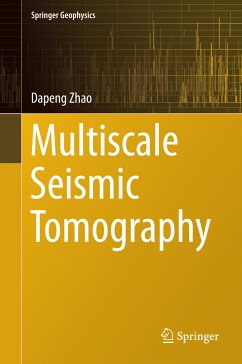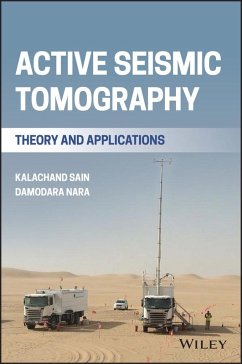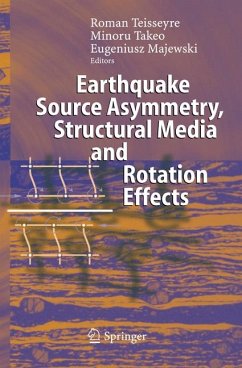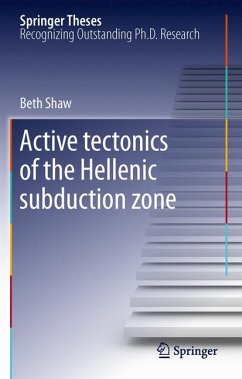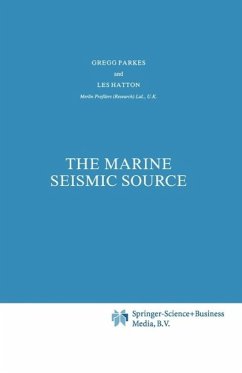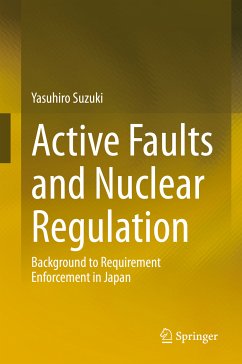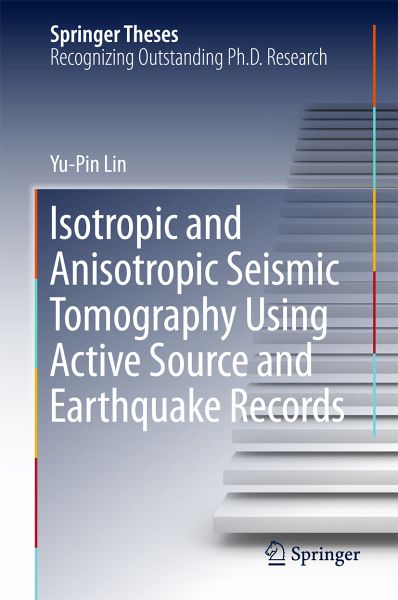
Isotropic and Anisotropic Seismic Tomography Using Active Source and Earthquake Records (eBook, PDF)
Versandkostenfrei!
Sofort per Download lieferbar
72,95 €
inkl. MwSt.
Weitere Ausgaben:

PAYBACK Punkte
36 °P sammeln!
This book presents investigations on the Earth's seismic structure using both active-source and natural earthquake records. It discusses the ground-truth data obtained from the TAiwan Integrated GEodynamics Research (TAIGER) active-source experiments that provides excellent and unique insights into the shallow crustal structures beneath Taiwan. It also explores the full-wave sensitivity kernels, which account for the effects of all possible wave interferences involved in shear-wave splitting and therefore loosen the restrictions on source-receiver geometry amenable to shear-wave splitting anal...
This book presents investigations on the Earth's seismic structure using both active-source and natural earthquake records. It discusses the ground-truth data obtained from the TAiwan Integrated GEodynamics Research (TAIGER) active-source experiments that provides excellent and unique insights into the shallow crustal structures beneath Taiwan. It also explores the full-wave sensitivity kernels, which account for the effects of all possible wave interferences involved in shear-wave splitting and therefore loosen the restrictions on source-receiver geometry amenable to shear-wave splitting analysis. Moreover, it describes the 3D Fréchet kernels, which enable us to resolve the vertical and lateral variations in seismic anisotropy and obtain 3D images of the Earth's anisotropic structure, as well as the practice in Southern California that enables us to infer the state of the stress and strain in the lithosphere and the dynamics of the asthenospheric mantle flow for a better understanding of the strength and deformation in the upper mantle beneath the San Andreas Fault system.
Dieser Download kann aus rechtlichen Gründen nur mit Rechnungsadresse in A, B, BG, CY, CZ, D, DK, EW, E, FIN, F, GR, HR, H, IRL, I, LT, L, LR, M, NL, PL, P, R, S, SLO, SK ausgeliefert werden.



